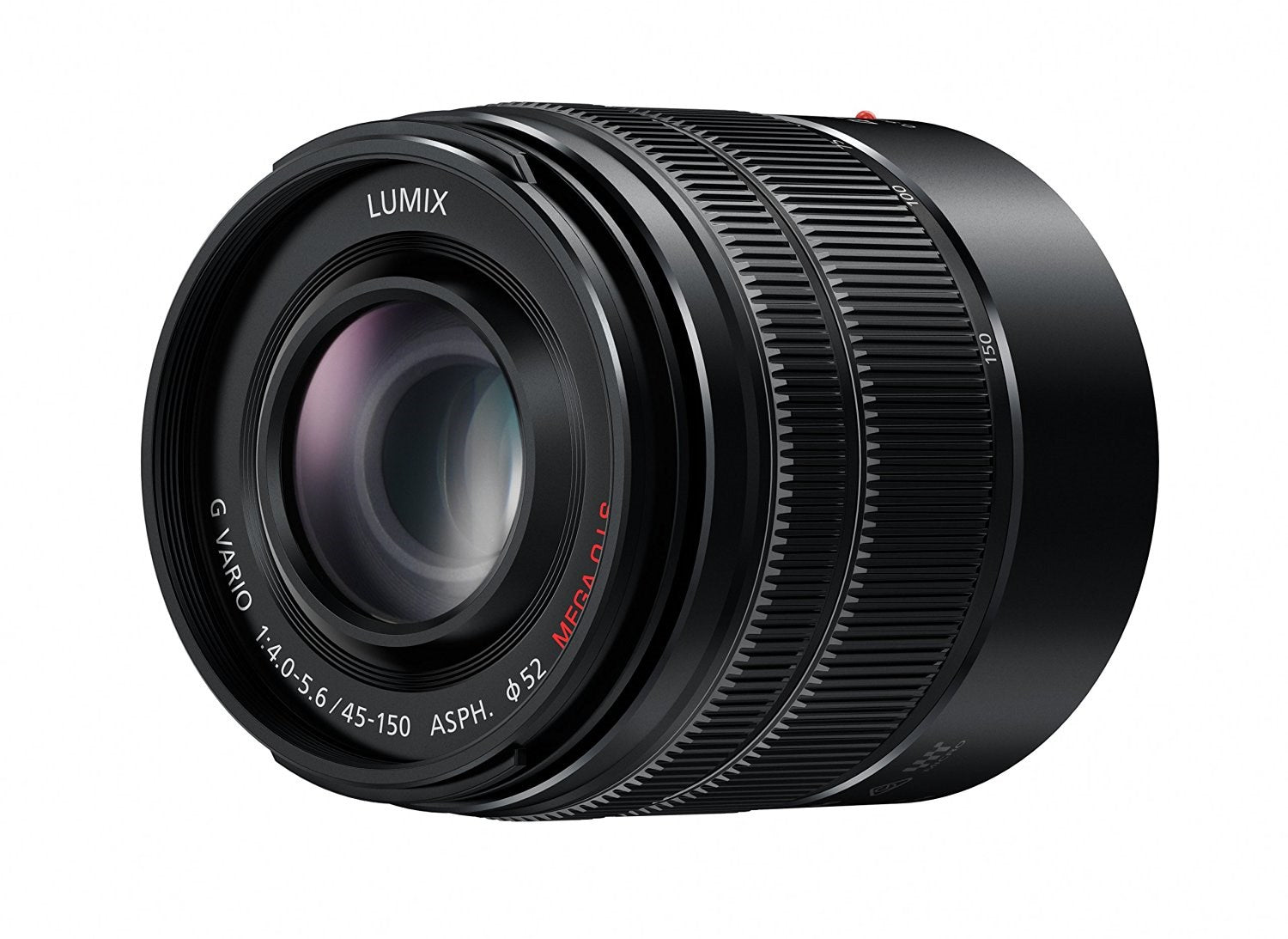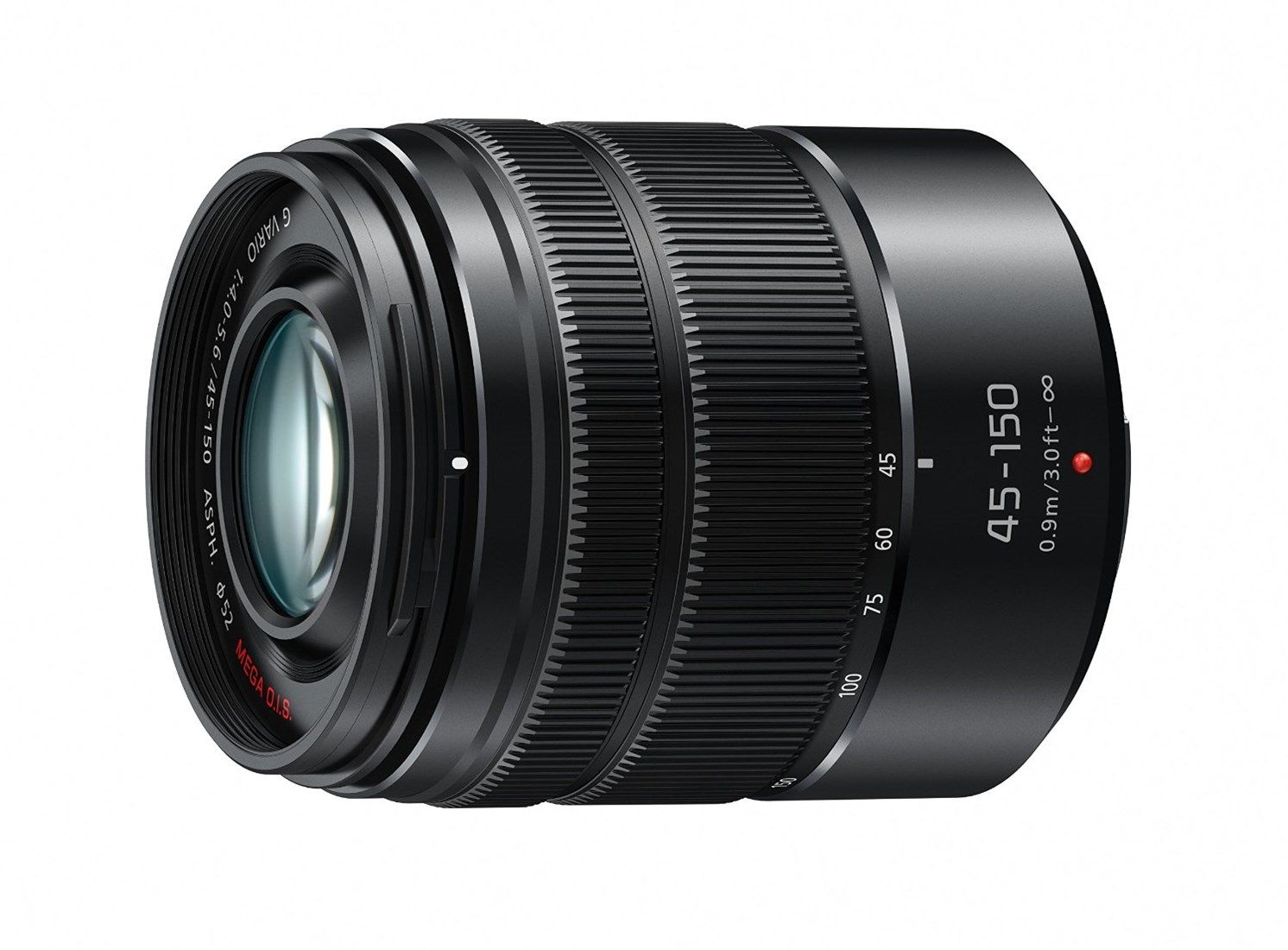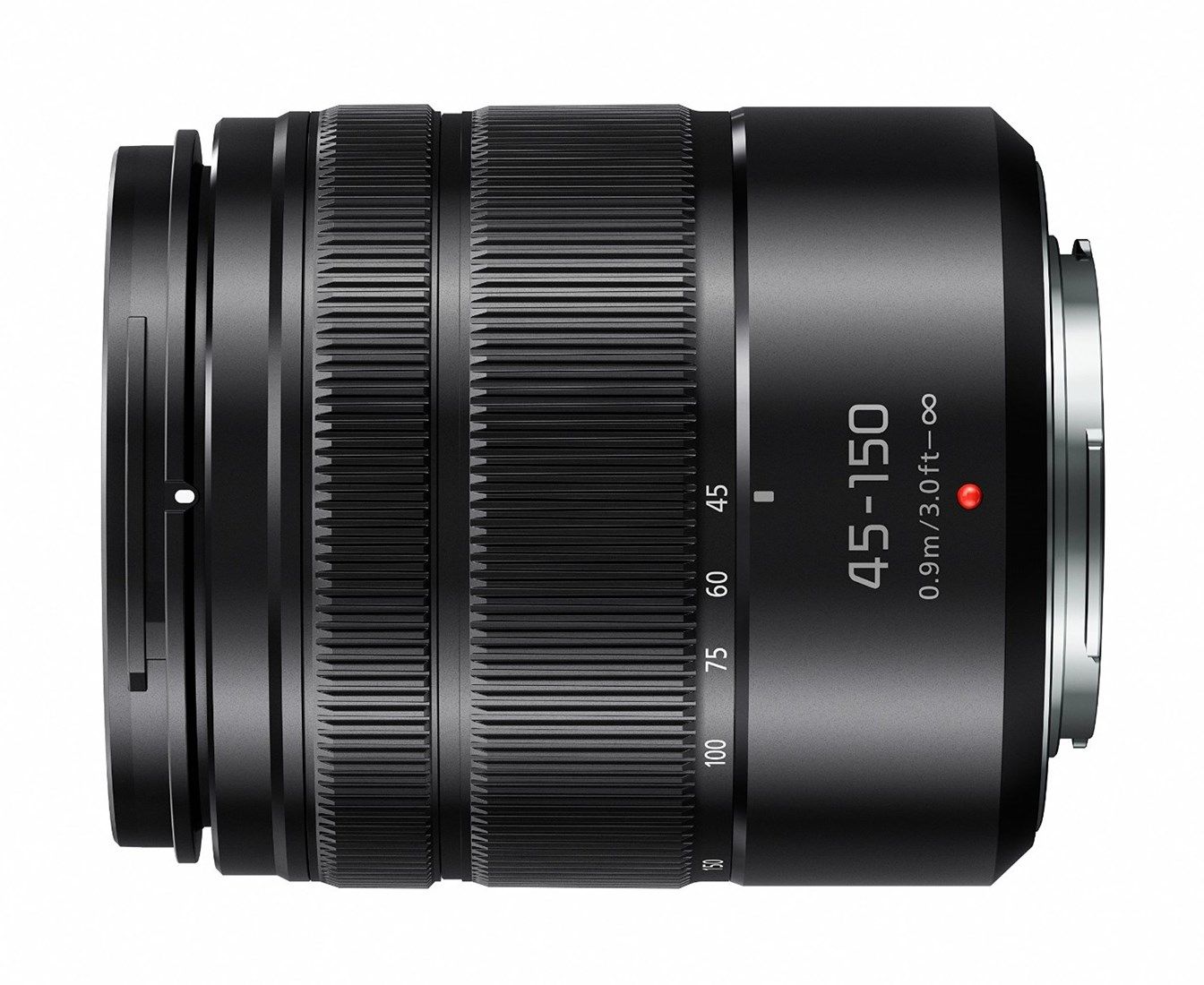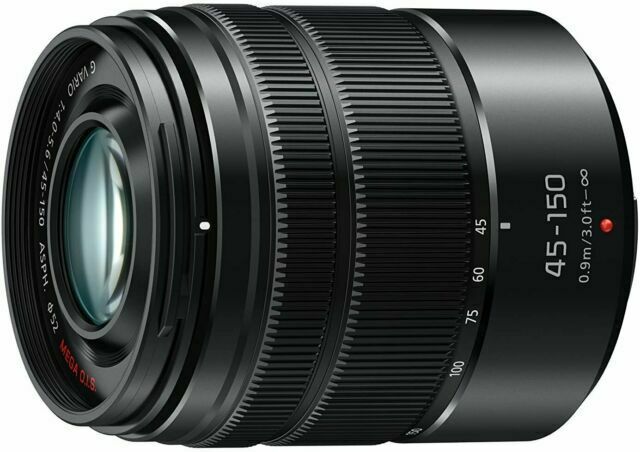Product Description
Comprising of 12 elements in 9 groups, 1 UHR (Ultra High Refractive Index) lens and 2 aspherical lenses in the LUMIX G VARIO 45-150mm / F4.0-5.6 achieves uniform descriptiveness from the centre to the corners for high optical performance while maintaining its size compact.
The LUMIX G VARIO 45-150mm/4.0-5.6 lens incorporates Panasonic's MEGA O.I.S. (Optical Image Stabilizer), which makes it easy to shoot super clear shots even in low-lit situations by suppressing the blur caused by a hand shake.
The lens incorporates a superior inner focus system, which enables excellent resolution and contrast from full life-size magnification to infinity. The inclusion of a stepping motor makes the focusing action smooth and silent for use in both photo and video recording. When mounted on the cameras of LUMIX G, users can take advantage of the high-speed, high-precision Contrast AF system.
The 7 aperture blades consist of a circular aperture diaphragm and produce an attractive smoothness in out-of-focus areas even shooting at a large aperture. The new lens system uses multi-coated lens elements that reduce ghosts and flare to an absolute minimum, helping deliver a high optical performance.
Payment & Security
Your payment information is processed securely. We do not store credit card details nor have access to your credit card information.

















